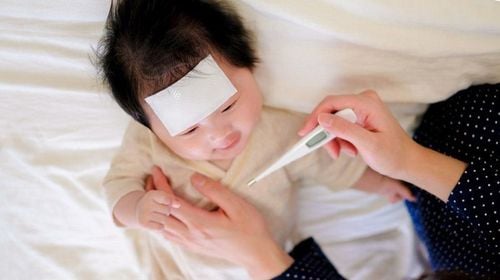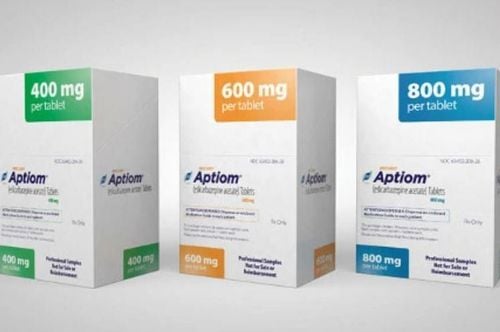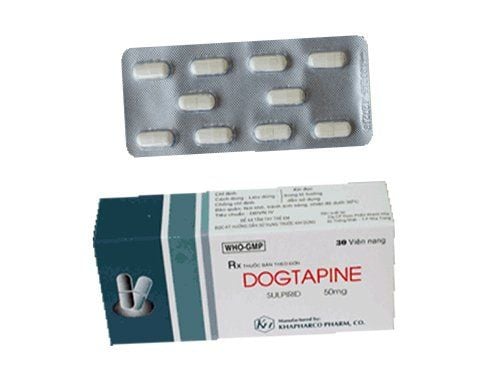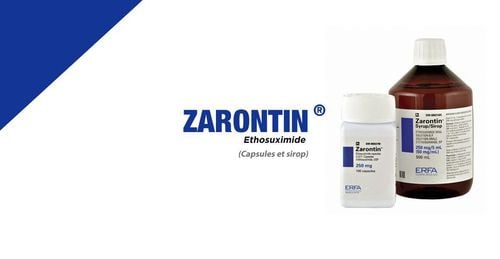This is an automatically translated article.
Video EEG (VEEG) is a procedure performed during an inpatient hospital stay using continuous video and EEG recording. The goal is to record the patient's usual events and determine if they are seizures or some other condition. For epilepsy, VEEG can help determine the type of seizures and the exact area in the brain where they start.1. What is epilepsy?
Epilepsy is a disease of the brain characterized by a predisposition to recurrent seizures. Epilepsy seizures are caused by abnormal electrical discharges of brain cells. People with epilepsy often have short and transient but varied symptoms.Worldwide, epilepsy is quite common, it seriously affects more than 50 million people. In Vietnam, based on a community study conducted with 50,000 people in Ba Vi, the prevalence of epilepsy is 4.4/1000 population. This number corresponds to studies conducted in the Americas and Europe.
Currently, the diagnosis of epilepsy is still quite difficult because the symptoms of the disease are often unclear or in the case of children, it is difficult to distinguish it from other diseases. In addition to relying on clinical signs in patients, to diagnose epilepsy, doctors must also conduct in-depth tests. Only after the results are available will it be possible to diagnose epilepsy accurately and have specific treatment directions.
2. Learn video EEG technique
Video EEG (VEEG) is a technique that records electrical brain waves and video images on the patient's body at the same time. This is a modern, non-invasive technique that is very useful in the diagnosis of epilepsy.In fact, video EEG measurement is much more complicated than typical outpatient EEG. Video EEG technique needs to be conducted in a few days, while the patient is inpatient at the hospital. During that time, the patient's brain waves will be continuously recorded with electrodes glued to the scalp. Along with that, cameras and microphones will also be used to record sounds in the ward.
The goal of video EEG monitoring is to see what the patient does during a seizure. To get the most accurate video EEG monitoring results, the patient's medication will usually be reduced or stopped during this time.
Usually, doctors will ask a patient's relative to stay with them during the video EEG. For adults, the video EEG usually takes about 4-7 days, for children it takes about 2-4 days. It may end sooner or later depending on the specific condition of the epilepsy patient.

Đo điện não video giúp chẩn đoán bệnh động kinh
3. Advantages of video EEG technique
Video EEG results will provide more information in the diagnosis of epilepsy than performing a short-term outpatient EEG. Usually, when a person with epilepsy has a seizure, the doctor may not be able to see it. However, with video EEG, it can help doctors review the actions and monitor the patient's EEG before, during, and after a seizure. This is very useful in diagnosing epilepsy, the patient's condition and thereby choosing the appropriate treatment regimen.In addition, performing EEG video also helps to increase the rate of detecting abnormalities on the patient's EEG. From there, doctors can consider changing the diagnosis of status epilepticus of the patient.
Video EEG helps to determine the exact type of seizure and the brain region where the seizure occurs. It also helps differentiate other seizure-like activities from seizures.
4. When to measure video EEG?
The doctor will order the patient to have a video EEG in the following cases:The patient is a person who has had an epileptic seizure for the first time or has been diagnosed with epilepsy but the usual EEG test results are not clear . Patient prepares for epilepsy surgery. The patient was on antiepileptic drugs, but the seizures could not be controlled. Distinguishing epileptic seizures from other non-epileptic seizures such as: paroxysmal psychosis, panic attacks, parasomnia, myoclonic tremor, syncope, dyskinesia...
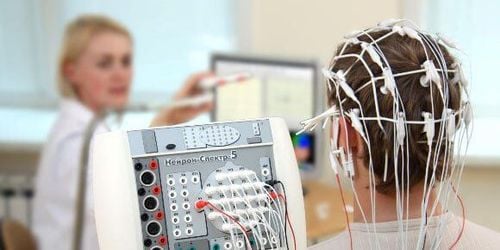
Đo điện não video còn giúp tăng tỷ lệ phát hiện ra các bất thường trên điện não của người bệnh
5. Some notes before measuring EEG video
Before conducting video EEG, the patient should note:Wash your hair the day before the video EEG. Absolutely do not use conditioner or hairspray... because it can reduce the connection of the electrode when in contact with the scalp. Before the video EEG, the patient should not use caffeine because it can change the brain electricity. Devices such as metal, electricity... can interfere with the recorder in the EEG recording chamber, so patients should not use it. Ask your doctor about any medications you are taking. In some cases, the doctor may ask the patient to reduce the dose or cut off the anti-epileptic drug to help get the most accurate measurement. The process of making the patient's brain will be recorded by video to help the doctor monitor the seizure. EEG measurement can last up to 24 hours or more. Some tests such as eyes closed - open, fast breathing, sleep restriction ... may be required during the EEG. After the video EEG measurement, if sedation is not required, the patient can immediately return to normal activities. In conclusion, video EEG is a very useful technique in the diagnosis of epilepsy. This is a technique that needs to be performed in a medical facility with modern equipment and a team of experienced doctors. To ensure safety, as soon as the symptoms of epilepsy are detected, the patient needs to go to the hospital to be examined by a neurologist.
Currently, Vinmec International General Hospital is one of the most prestigious medical treatment units for neurological diseases in Vietnam. The Department of Neurology at Vinmec has the function of examining, diagnosing, consulting and treating diseases related to neurological factors, including headaches, vestibular syndrome, cerebellar syndrome, dementia The typical method of the department is to use intravenous and arterial fibrinolytic drugs for stroke cases, along with the combination with paraclinical means such as electroencephalography, electromyography. ST Scan, MRI,...
Neurological examination at Vinmec, customers will be:
Examination by a team of highly qualified and experienced experts such as: Doctor Nguyen Thi Minh Phuong , Doctor Bui Ngoc Phuong Hoa, Doctor Vu Duy Dung ... State-of-the-art equipment, comparable to major hospitals in the world: The most modern silent magnetic resonance imaging machine in Southeast Asia; The 16-sequence PET/CT and SPECT/CT systems help in early detection of neurological damage even when there are no symptoms of the disease. Apply the most advanced intensive treatment techniques in the world in treatment.
Please dial HOTLINE for more information or register for an appointment HERE. Download MyVinmec app to make appointments faster and to manage your bookings easily.




